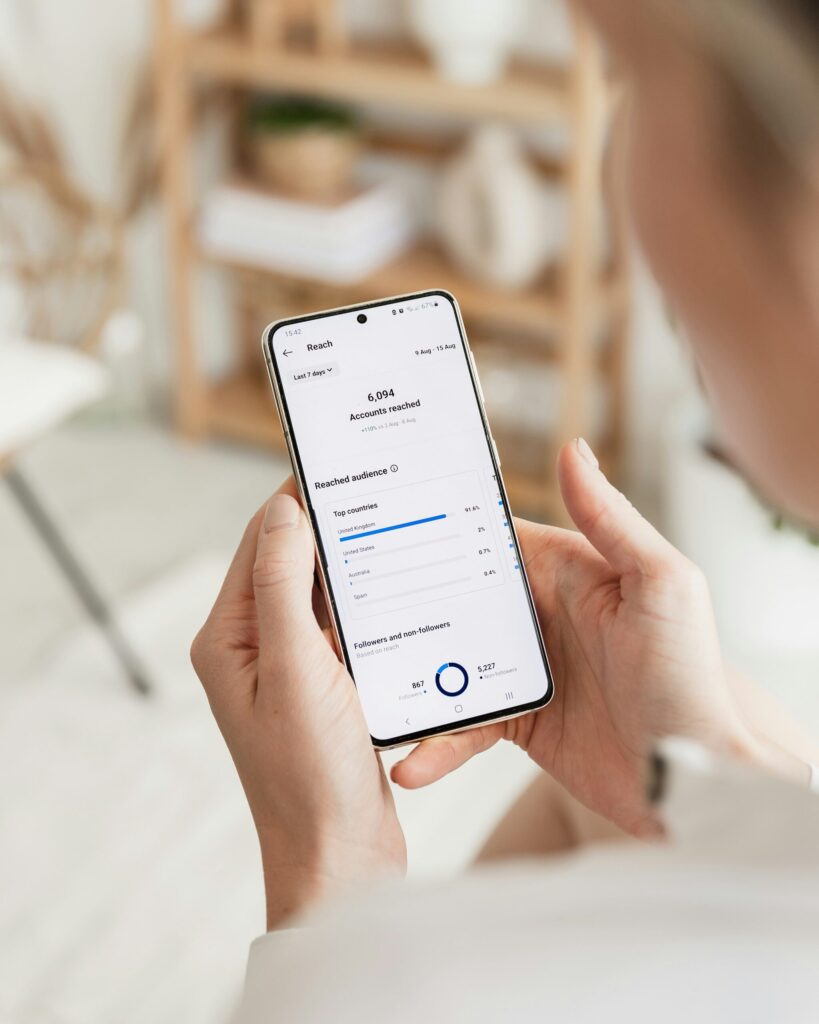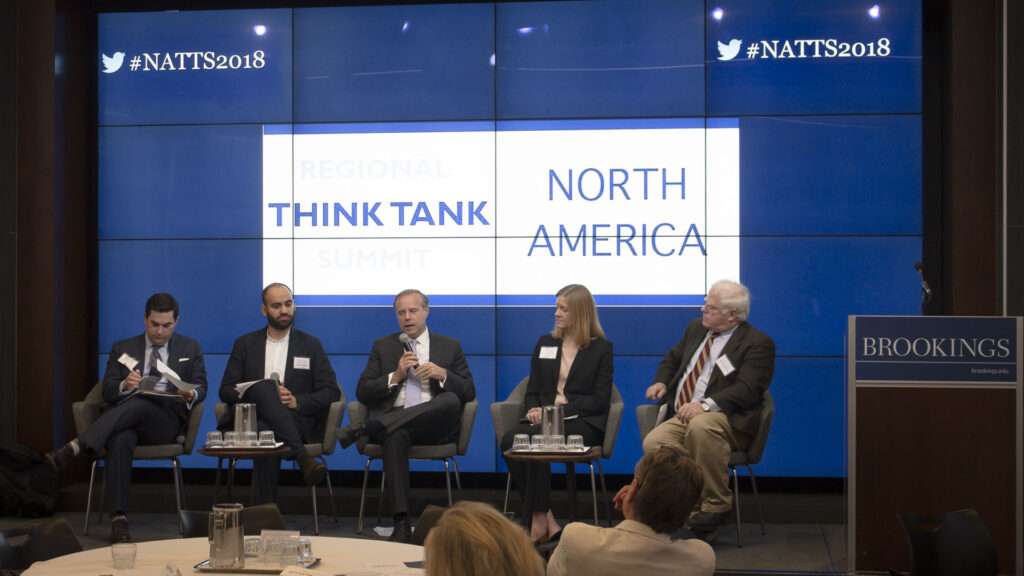We decided to find out. We conducted a test comparing not just the improvement in conversion associated with including a call to action (CTA), but a comparison of three types of CTA and the effect of each.
In order to test our hypothesis we needed both a platform and a desired outcome. In this case we chose a few popular YouTube channels as our platform, and the number of subscribers gained as our desired outcome.
YouTube is the perfect platform for this experiment due to the ability to test different types of CTAs and the inbuilt analytics capability.
Subscribers gained is a useful outcome to test as there is little to no variation in the way the “subscribe” button is presented on YouTube and the action required (pressing the button) is very simple.
Given this, any change in subscription rates can be easily attributed to the different CTAs.
We thought the subscription rates would differ significantly based on the call to action used, but we didn’t think it would be this pronounced.
We tried four variations in our call to action, the first being no CTA, the second being a weak CTA, the third a strong CTA, and finally an incentivised CTA.
The weak call to action we used was to simply show some text at the end of a video which read “please subscribe”; the strong call to action was a voiceover asking people to subscribe; and the incentivised call to action offered the chance to win a prize on subscribing.
We found…
- Videos without a call to action had a very poor level of performance. No CTA meant that on average less than one in 1,500 viewers pressed the subscribe button.
- The weak call to action faired a little better, with one in around 950 viewers converting into subscribers.
- The strong call to action is when things started to get interesting, with an average of one in 115 viewers converting into subscribers.
- The final version, the incentivised call-to-action where a prize was offered to a random subscriber, led to a conversation rate of one in 7 viewers.
Surprised? Us too.
So do things like calls to action actually work or is it just marketing myth?
Not only do CTAs work, they can result in staggering profitability improvements for a business, or massively accelerated growth for a YouTube channel.
It’s worth noting that there are a host of other elements that we could look at optimising (video title, content of the video, topic of the video, the presenter etc.). The relative importance of each will differ depending on the subject matter of the video.
But the only thing you need to take away from this blog is to put a call to action on every YouTube video you do!





